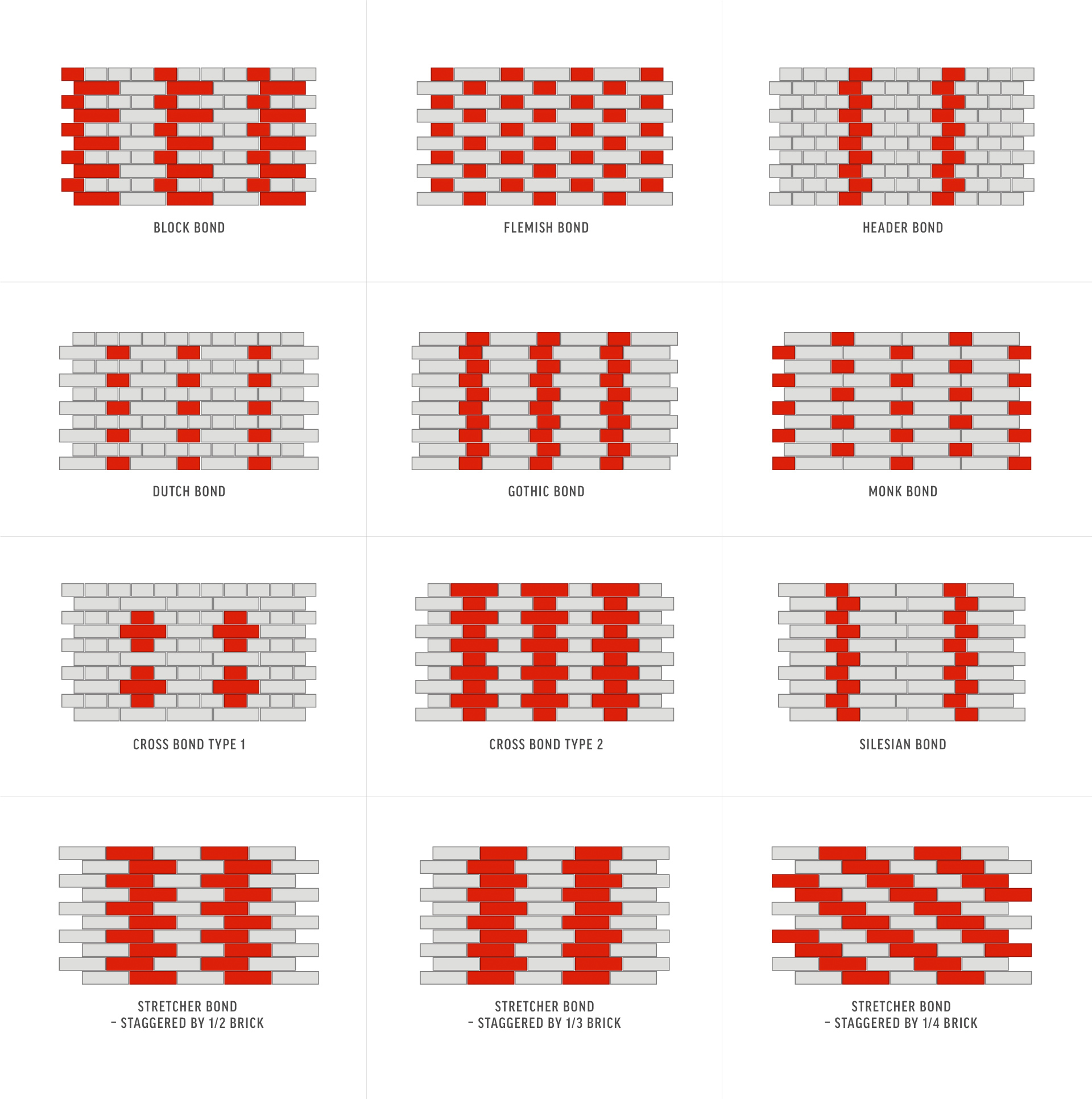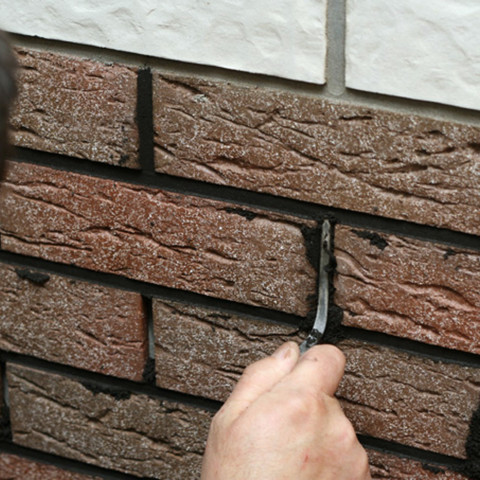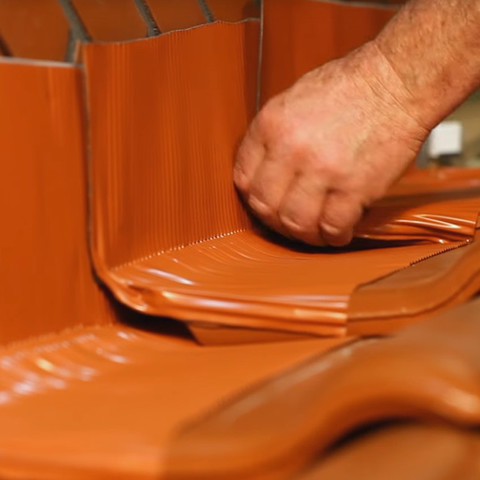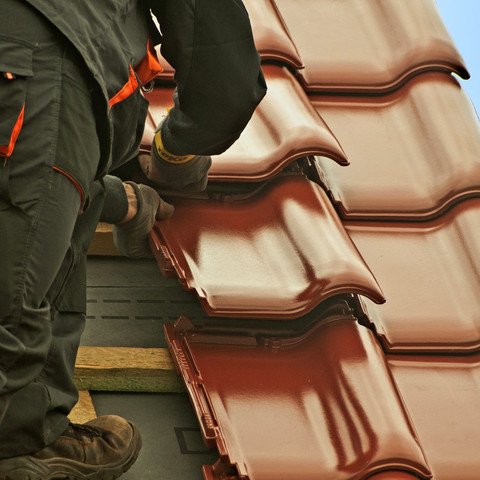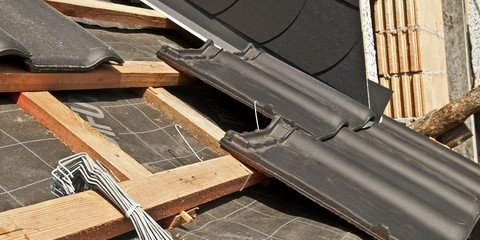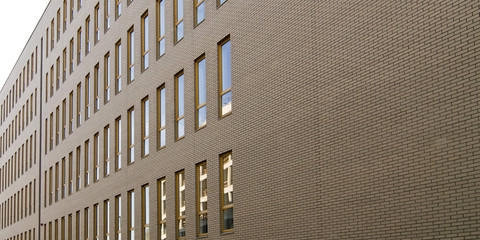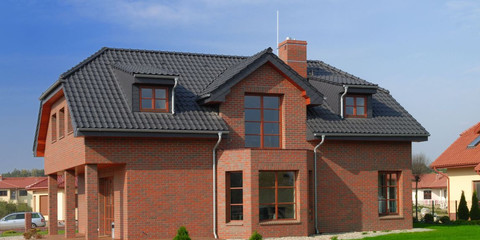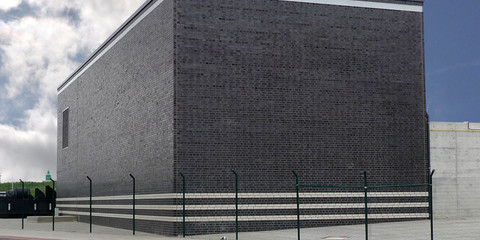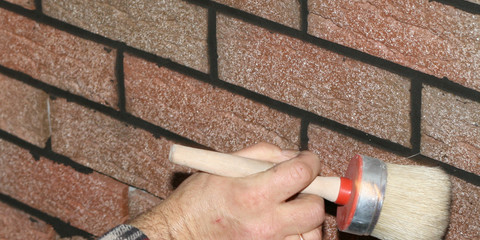The final appearance of the building with a brick façade is to a great degree affected by the type of the bonding used, i.e. the way bricks are laid in the wall. Each bonding is distinguished by the relevant joint arrangement.
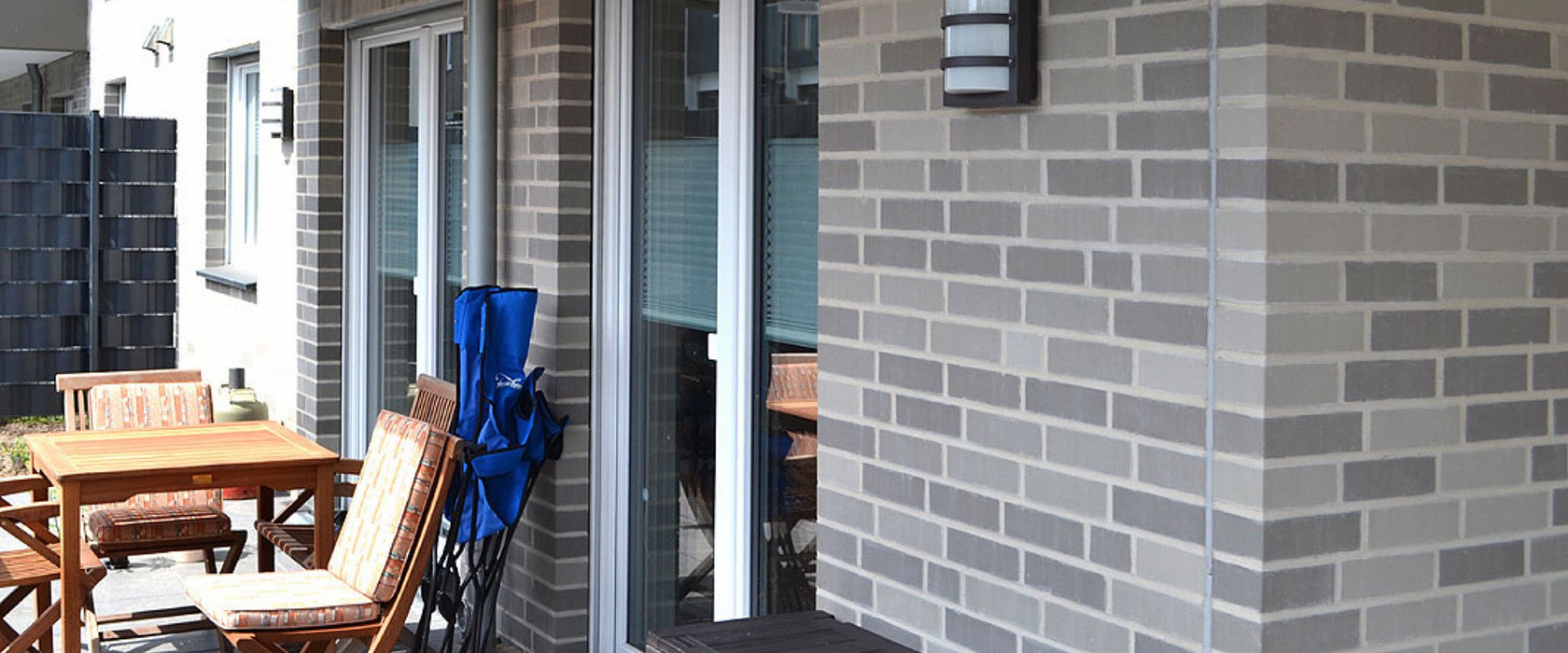
Two basic groups of bonds are stretcher bonds, in the case of which only the stretchers (sides of bricks with a longer base) are visible in the wall and header bonds, which also use narrower sides of bricks, the so-called headers.
STRETCHER BONDS
- they are very popular despite the uniform face of the wall compared to other brick laying options because they are easier and faster to make. The stretcher bonds differ in the way the bricks are arranged, which can be staggered by ½ of the length or by ¼ of length. Bricks in the bond can be located in the column (vertically) or, for example, descend diagonally down.
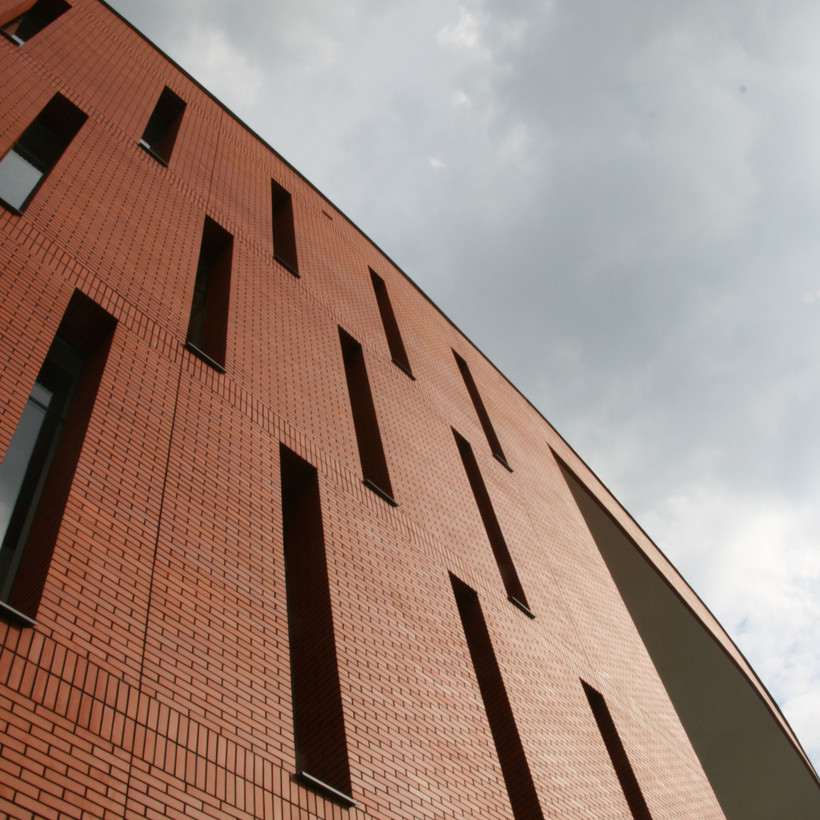
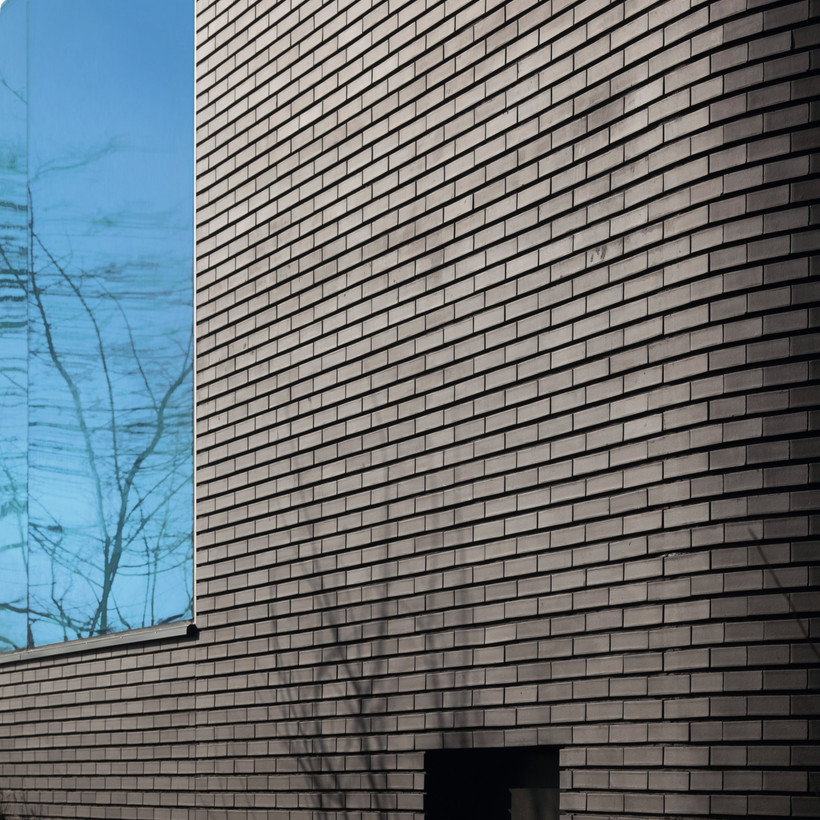
HEADER BONDS
- they have many varieties, because we can lay the bricks in many different ways so that the header can be seen from outside. Wild bonds, i.e. the irregular distribution of the headers in the wall surface, are also relatively popular. There are usually about 5 headers per 1 m2. The situation is different in the case of Flemish or monk bonds. These bonds, derived from the Flemish architecture, involve the laying of once a stretcher and once a header brick, as a result of which we can create a specific chessboard. The monk bond is almost identical, but here, two stretchers are placed between the headers instead of one. Some similarity can also be noticed in the Dutch bond, where the shorter and longer sides of the brick are alternately used in one row, while in the row below only headers are used.
In turn, the Gothic bond, also known as Polish, consists in bricklaying headers in a column, with each head being staggered by half the length in relation to the bricks in the row above and below it. The advantage of this bond is its aesthetic face, a disadvantage – harder work for the bricklayer. If two stretchers are inserted between the headers instead of one, the Gothic bond will become the Silesian bond. On the example of the header and stretcher bond, we can see the difference in the appearance of the wall caused by the type of the bond used. The first consists in building the whole surface only with brick headers so that the façade looks like a mosaic of small squares. The wall surface is completely different in the case of block bonding, which mainly consists in bricklaying with the stretcher side – the header occurs every 4 bricks. CRoss bonds, on the other hand, involve alternating arrangement of brick headers and stretchers in such a way that a shape similar to a cRoss is created, hence its name. This pattern is repeated on the entire height of the wall, one below the other, or, for example, a single "cRoss" is arranged at regular intervals.
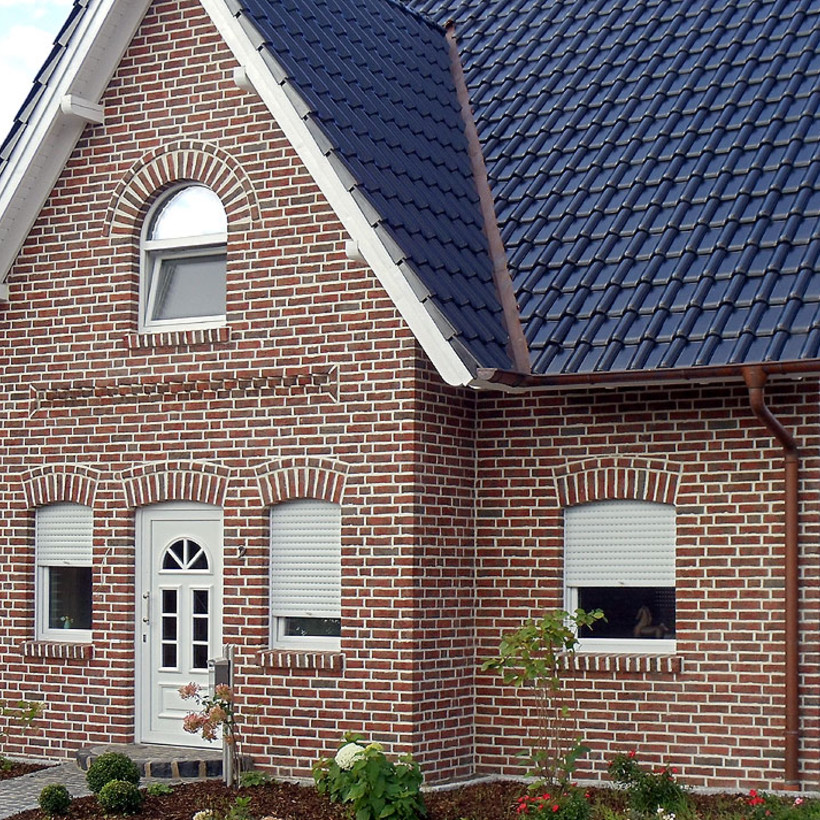
OTHER PROPOSALS
- there are more types of bonds than the ones described above. For example, some bricks can be classically flat laid, and the rest perpendicular to them – so that a part of the brick protrudes outside the wall surface, creating specific "spikes". Another option of laying clinker, which creates a unique final effect, consists in arranging the bricks vertically (see photos).
